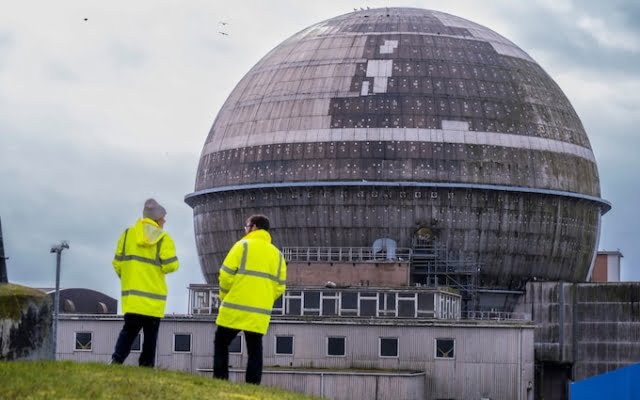 The now defunct prototype of the Advanced Gas Cooled Reactor at Sellafield. Author: Chris Watt. erased from Cumbria's skyline.
The now defunct prototype of the Advanced Gas Cooled Reactor at Sellafield. Author: Chris Watt. erased from Cumbria's skyline.
The Windscale Piles nuclear reactors were built near Seascale in 1947 to produce weapon-grade plutonium for nuclear bombs when Cold War tensions arose.
But the fire into the reactors on October 10, 1957, they spewed radioactive contamination to the north of Europe and stopped their work.
Their twin 400-foot cigar-like chimneys are still being gradually dismantled: one is no longer visible, and the other is now two-thirds of its original height.
«There is a machine that eats its way down, carving out a section at a time,” says Liam Martin, a technician at what is now known as Sellafield.
Martin is part of a team of 100 people trying to solve another tricky part of the Windscale Piles’ toxic legacy: what to do with the big the amount of radioactive waste still remaining in place.
The irradiated shell of the nuclear fuel rods used at Windscale was dumped for years into a 95-foot-long, 32-foot-wide concrete bunker hundreds of meters away.
Radioactive waste from the Calder Hall and Chapelcross nuclear power plants was also later dumped in until the 1960s when it was sealed.
For decades, the thick concrete vault has successfully contained deadly materials.
However, since the building is decades old, the bunker has been deemed an «unacceptable risk» by nuclear safety. regulators.
They are concerned about the risk of a new fire, like the one that occurred in the 1950s, which could «lead to a large release of radioactivity», given the volatiles inside. A catastrophe almost 70 years ago caused about 200 cancer cases in Britain, half of them fatal.
Martin and his colleagues were tasked with safely removing and transporting about 3,200 cubic meters of radioactive waste.
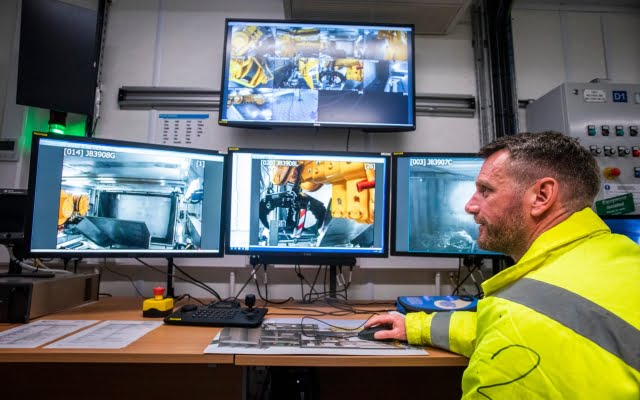 Phil O'Hagan, head of the search team, looks at surveillance cameras of equipment used to move radioactive waste.
Phil O'Hagan, head of the search team, looks at surveillance cameras of equipment used to move radioactive waste.
Doing this is a delicate task: they must artificially maintain low levels of oxygen around the materials to prevent the gas from being used as a fuel for possible spontaneous combustion.
Cleaning work would scare many, but Martin is optimistic.
“When you do it for ten years, you get used to it. It's a daily job, it's second nature.”
After years of preparation, the cleanup team is finally planning to start removing the first waste within a few weeks.
It could take up to 2035 to complete the job of the year. Time is not on their side.
«I think it's pretty stable in the state it's in at the moment,» says Martin Taylor, a former police officer who is now head of operations at Sellafield.
«But it's an aging facility. The sooner we get the trash out, the better.”
Preparations to start work at Sellafield come amid renewed interest in nuclear power in the West.
Weaponization of Russian gas supplies and global efforts to reduce carbon emissions have increased the attractiveness of nuclear power over the past 18 years. months.
The rise and fall of British nuclear power
But Sellafield provides a glimpse into the industry's darker side.
The bunker containing the Windscale fuel cladding is one of four obsolete waste storage sites in Sellafield. , enclosed in outdated infrastructure and from an era of poorer accounting and more haphazard waste management.
For example, not far from the bunker is a 100-meter pond for storing pile fuel, built in the 1940s for cooling and storage spent fuel from Windscale. Now it's dangerous, algae-covered radioactive sludge.
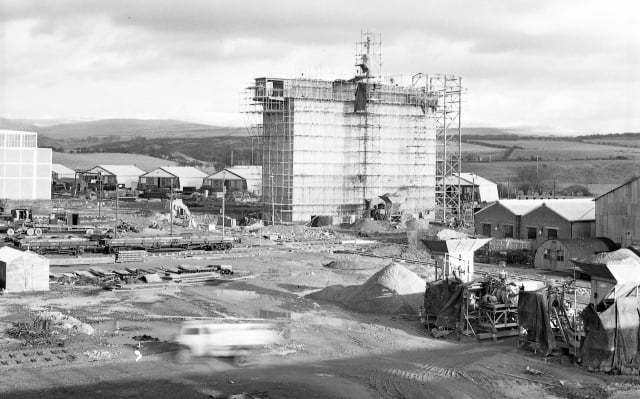 One of the bunkers built in the 1950s to store radioactive materials. waste
One of the bunkers built in the 1950s to store radioactive materials. waste
Last month, specialist divers were sent to help clean up, the first time a man has dared to enter the pond since 1958.
Cleaning Sellafield comes with risks, but there are also risks of leaving it alone : Thousands of workers at the site are constantly balancing between trying to deal with the past and not bothering it too much.
“We have a legacy of more than 50 years of civil and defense nuclear activity in the UK,” says Prof Neil Hyatt, Chief Scientific Adviser at the National Nuclear Waste Service.
with the highest standards we have today. We are where we are. We must find a better way forward.”
Radioactive waste from operating nuclear power plants is treated in a more structured way from the outset, either encased in cement or turned into glass blocks and then recycled. sealed in containers.
Modern reactors are built to minimize and manage nuclear waste, while new reactor technologies are constantly being developed.
However, this is not solves the long-term problem of what to do with waste, which goes far beyond the lifespan of engineers living today.
It took less than 100 years to create today's nuclear waste, but it will take hundreds or thousands of years to store it, keeping it safe for events that no one can predict.
«There have been many technical innovations, such as the use of robotics and innovative waste treatment,” says the professor. Claire Corkhill of the University of Sheffield, Member of the Government's Radioactive Waste Management Committee.Cayley Sullivan, retrieval operator, in the room, the radioactive waste will be stored in nine-foot steel boxes in sealed conditions. Photo: Chris Watt < p>«But given that the waste will be radioactive for hundreds or thousands of years, it would be much better if we placed it in a place where future events may have less impact on its safety.»
The government's current plan is to bury the waste hundreds of meters deep underground, away from human activity.
The so-called geological repository could cost up to £53bn to build and could take up to 140 years to fill. with about 750,000 m3 of waste.
The search for a suitable place where the community is happy continues. Sites around Cumbria are possible, though nothing has been decided yet.
Those who are developing where it could be located should have a very long-term perspective.
“We need to understand the frequency of earthquakes, existing faults and their behavior,” says Professor Hyatt.
“For example, the last ice age — Cumbria is still recovering: when the ice retreated, the land rises very little, and this affects on how water moves in the ground.”
In Sellafield, workers are more directly focused.
During their last visit on Wednesday, the team was testing remote-controlled equipment needed to begin extracting radioactive waste from the bunker.
Under pressurized conditions, a crane with a «plush grip» claw at the end will stick into the bunker through a specially drilled window and collect batches of nuclear waste.
 Surveillance images show radioactive waste from the Windscale Piles reactors. Photo: Chris Watt. the giant Cook robot.
Surveillance images show radioactive waste from the Windscale Piles reactors. Photo: Chris Watt. the giant Cook robot.
The crates will then be moved to a new secure vault at Sellafield until an underground vault is developed.
The process has been extensively tested on a mock-up facility in Rosyth, Scotland. CCTV images show mangled pieces of debris inside.
Oxygen levels will be controlled using argon as a suppressor.
Ultimately, the team cannot say exactly how this will be take place. go until they go. Will the debris collect easily or will it become lumpy and fall apart? This is just one of the questions that can only be answered in the process.
«We've modeled it as best we can, but we just don't know how it will react,» says Phil O'Hagan , head of the search team.
Despite the uncertainty, he and his team are eager to get to work.
“This will be an important moment,” says Martin.
«I've been working here for five years now and we feel like we've been waiting for this for probably two of those years.»
The workers here are committed to leaving a positive legacy for future generations.
«That'll be great,» says Taylor.




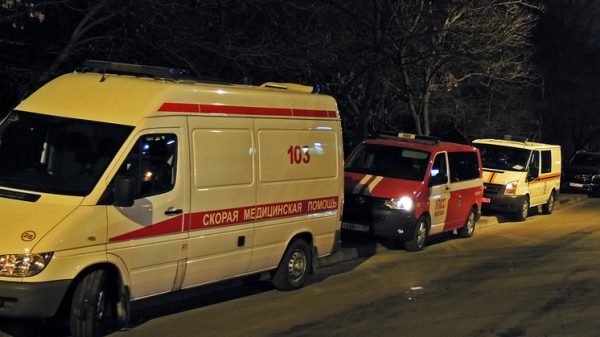
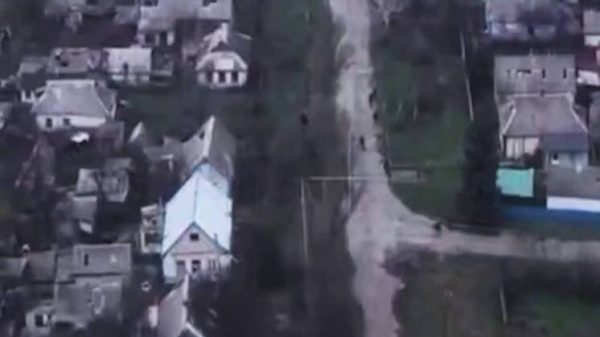









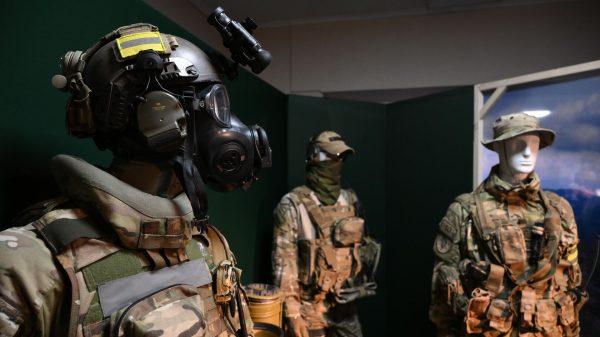


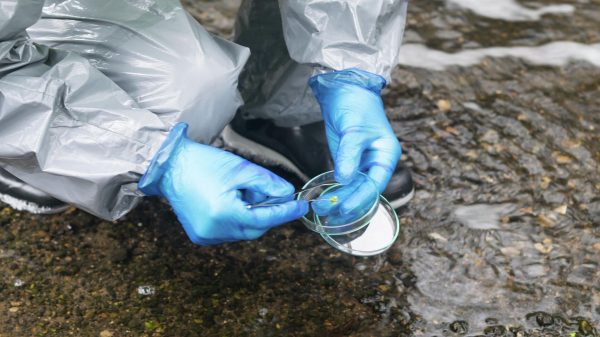
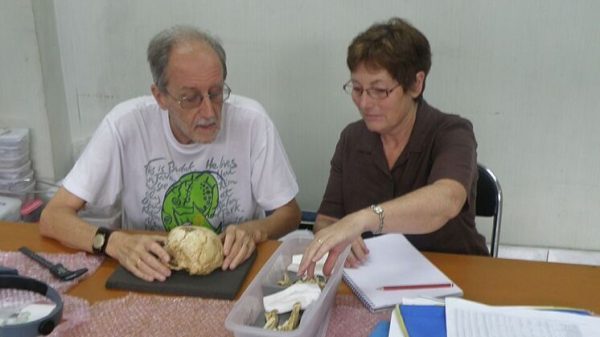

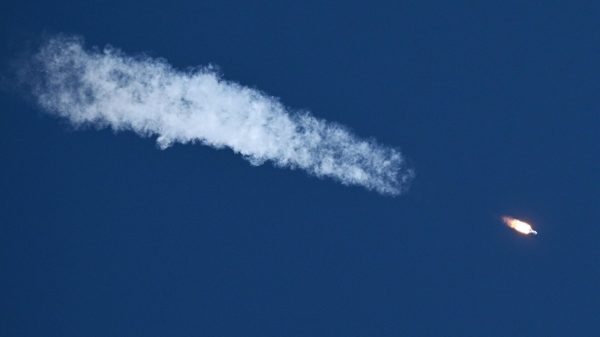





















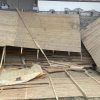









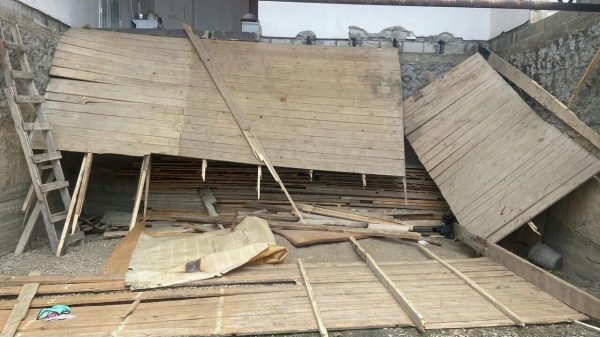
Свежие комментарии